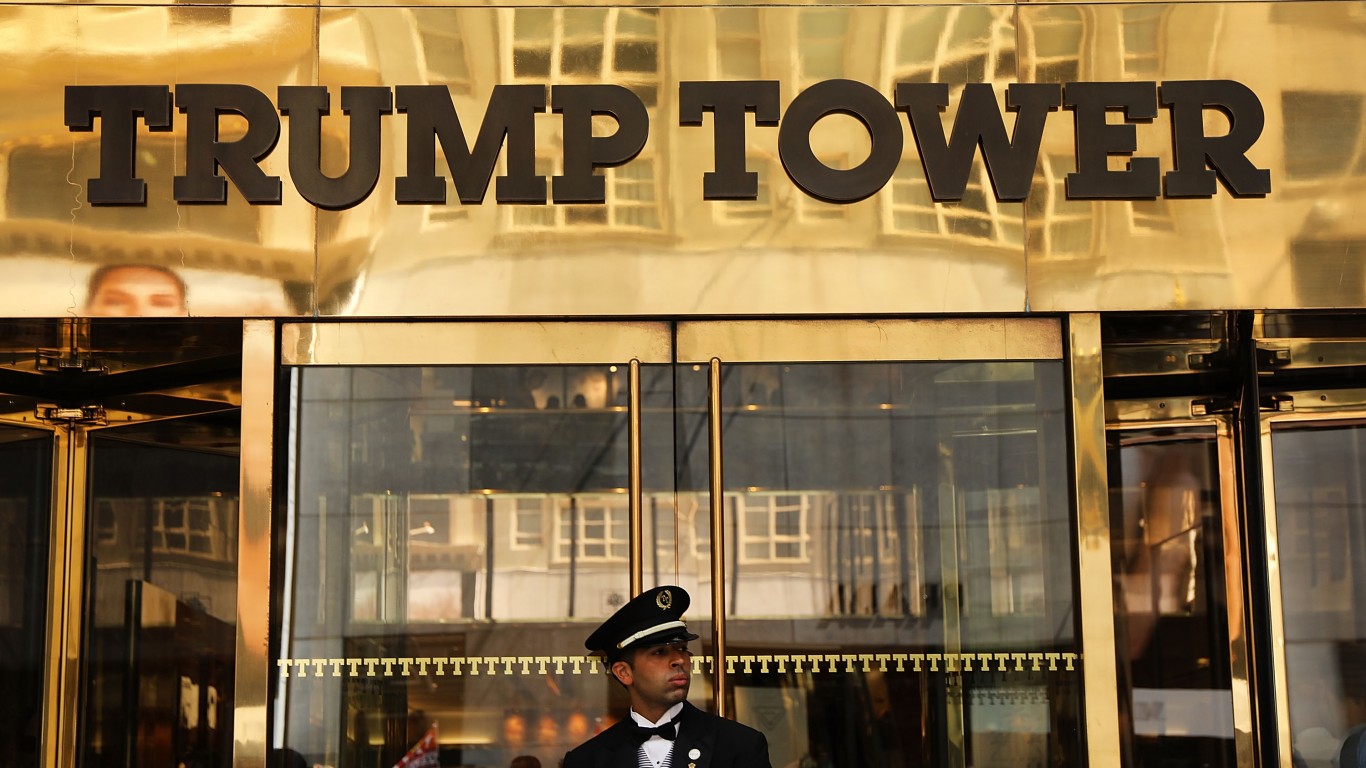
Every year, Americans send 52.4 billion tons of food to landfills. That food costs about $218 billion to grow, process, distribute and, finally, throw away. All this at the same time as one in seven Americans suffers from “food insecurity,” defined as “limited or uncertain access to adequate food” by the federal government.
A 2015 study by the U.S. Department of Agriculture (USDA) estimated that 30% to 40% of the total U.S. food supply is not eaten but simply thrown away or left in the fields to rot. The USDA and the U.S. Environmental Protection Agency (EPA) in 2015 announced a national goal to reduce food waste by 50% by the year 2030.
The two agencies noted at the time that such waste has significant impacts on food security, resource conservation and climate change:
- Wholesome food that could have helped feed families in need is sent to landfills.
- The land, water, labor, energy and other inputs used in producing, processing, transporting, preparing, storing, and disposing of discarded food are pulled away from uses that may have been more beneficial to society – and generate impacts on the environment that may endanger the long-run health of the planet.
- Food waste, which is the single largest component going into municipal landfills, quickly generates methane, helping to make landfills the third largest source of methane in the United States.
The EPA devised a strategy to produce less food, to use excess food to feed people in need, to feed scraps to livestock, to use organic waste to produce energy or compost and to dispose of food in landfills only as a last resort. So far, only five states — Vermont, Massachusetts, Connecticut, Rhode Island and California — have initiated phased programs to reach these goals. New York, New Jersey and Maryland are currently considering instituting similar laws.
A report from Pew Research, published Tuesday, noted that all these states offer tax breaks to farmers and small businesses that donate food rather than throwing it away and limit the liability of donors. All are also standardizing the “use by” labels to discourage consumers from discarding food that is still edible.
A group called the Food Waste Reduction Alliance, representing the food industry and restaurant trade associations, helped develop simplified standards for the “use by” and “sell by” labels that often confuse consumers. The Alliance has adopted standard wording to replace the more than 10 existing methods of dating food with just two labels:
“BEST If Used By” describes product quality, where the product may not taste or perform as expected but is safe to use or consume. “USE By” applies to the few products that are highly perishable and/or have a food safety concern over time; these products should be consumed by the date listed on the package – and disposed of after that date.
About 95% of wasted food currently ends up in landfills. There it is usually buried and left to produce methane gas, one of the most potent greenhouse gasses and a major contributor to climate change. Reducing that impact and using food to alleviate food insecurity have gotten a toehold in the minds of state legislators and federal agencies. Expanding that hold remains the next challenge.
In 20 Years, I Haven’t Seen A Cash Back Card This Good
After two decades of reviewing financial products I haven’t seen anything like this. Credit card companies are at war, handing out free rewards and benefits to win the best customers.
A good cash back card can be worth thousands of dollars a year in free money, not to mention other perks like travel, insurance, and access to fancy lounges.
Our top pick today pays up to 5% cash back, a $200 bonus on top, and $0 annual fee. Click here to apply before they stop offering rewards this generous.
Flywheel Publishing has partnered with CardRatings for our coverage of credit card products. Flywheel Publishing and CardRatings may receive a commission from card issuers.
Thank you for reading! Have some feedback for us?
Contact the 24/7 Wall St. editorial team.




